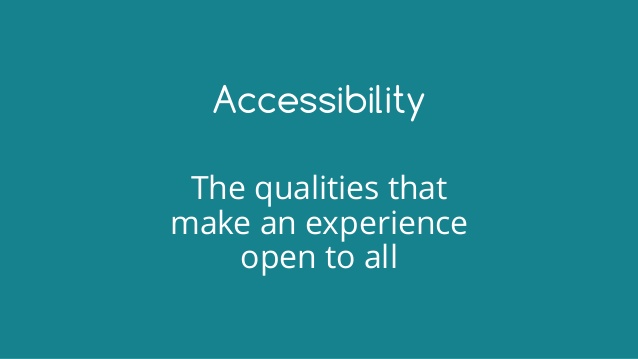Why the Resistance to Accessible Publishing?
 InclusiveDocs
InclusiveDocs
“Access” in digital media has been the buzzword for a few years now. On the surface, it should be obvious that making products and information accessible to everyone just makes good business sense. Why then the pushback? That there is resistance to new technology in the educational publishing sector is even harder to fathom, but there it is.
Why does end-to-end accessible publishing continue to elude us? It would be difficult to disagree with the sentiment that all scholarly and professional publications should be made accessible to all interested readers, so why is it not so? Why is accessibility still an issue for publishers and their partners? Check out the January 2018 issue of Learned Publishing for articles on this topic.
The assumption by some in the publishing industry is that the population of readers with physical, learning, or cognitive challenges is too small to make a difference to their bottom line. Not true. The National Institutes of Health report that 285 million people are blind or have low vision worldwide. According to the NCCSD (National Center for College Students with Disabilities), US colleges have 10-20% disabled student enrollment, and the University of New Hampshire 2016 Disability Statistics Annual Report shows that the overall rates of disabled persons in the US are on the rise – students today could be life-long customers if businesses can effectively reach them.
Even without figuring in the financial clout that disabled people have, making publishing accessible means making it accessible to all, including those without disabilities who would benefit, for example, from being able to listen to instead of reading a story when and if they so choose.
An often overlooked benefit of using accessibility technology is the increased reach of digitally published works. Many accessibility requirements de facto promote SEO and are generally more easily discovered in searches. Easier access means increased usage, which ultimately means increased benefits for all. People always have and always will pay for convenience.
Accessibility in publishing is not a quick fix, a one-time-only effort. It must be an ongoing investment and part of long-term planning and budgeting. It can be difficult to justify the expense, but doing nothing will be much more costly in the long term. The good news is that accessible publishing is easier than ever to implement. Digital publishing technology and general standards make it possible for an accessible publication to be the same for everyone, across software and devices.
Adapt or be left behind. All publishing systems must be accessible from beginning to end, and the Universal Accessibility Standards and the ADA Accessibility Guidelines are examples of regulations being developed that will be universally adopted. Non-compliance could mean suffering various punitive damages.
Accessible publishing must become standard practice, must become business-as-usual, must become the status quo, and it is.
Subscribe to my newsletter
Read articles from InclusiveDocs directly inside your inbox. Subscribe to the newsletter, and don't miss out.
Written by
